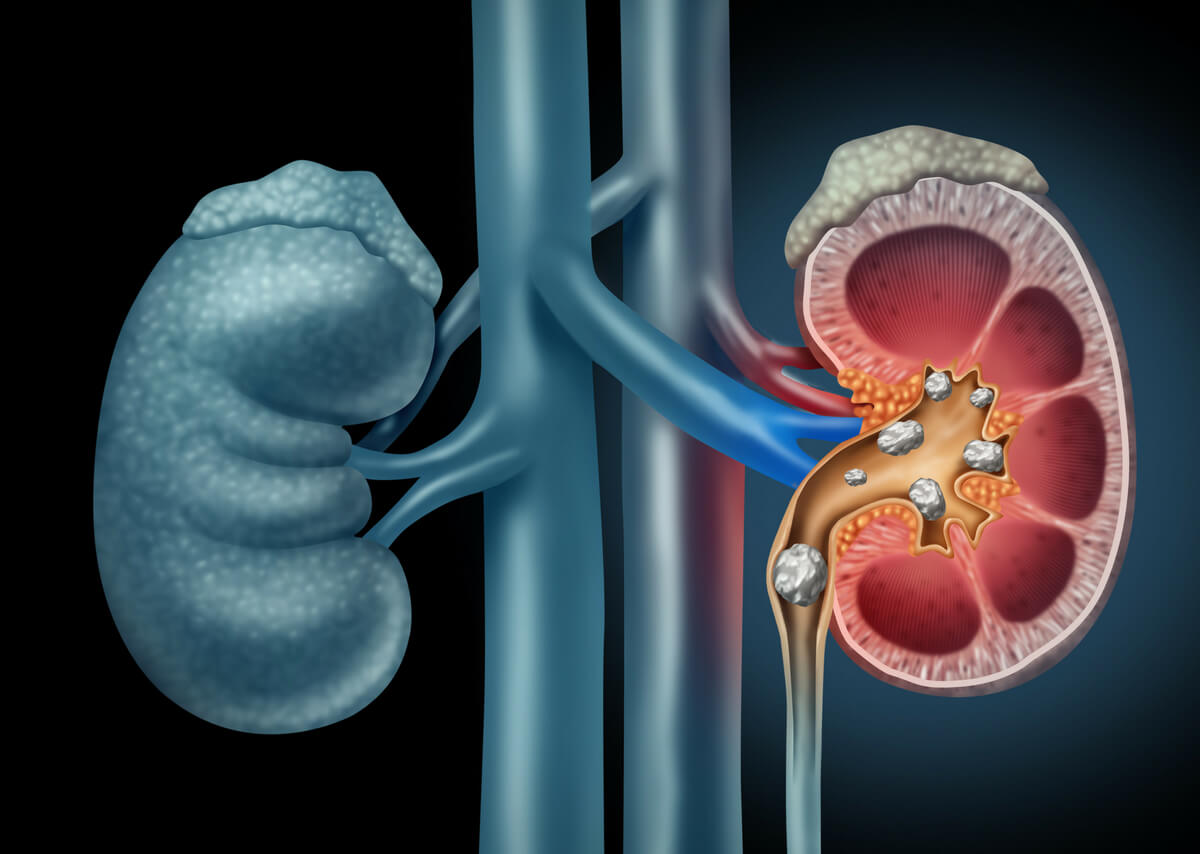Blog

Percutaneous nephrolithotomy (PCNL) is a mildly invasive surgery for removing kidney stones. Classically stones more than 2 cm in size are removed through this procedure. However, with modernization and miniaturization of instruments, stones as small as 1cm in size can be removed through mini PCNL or ultra-mini PCNL.
What are the indications of undergoing a PCNL?
PCNL is required if: -
A patient has a large stone burden (classically more than 2 cm). At times the entire kidney is filled with branched stones (staghorn calculus), or if there are multiple large stones in all calyces of the kidney.
In cases of stones which have not been fragmented after ESWL (Extracorporeal Shock Wave Lithotripsy).
Stones in locations of the kidney which are not suitable for removal using flexible ureteroscope, i.e. RIRS (Retrograde Intra-Renal Surgery).
In certain cases of malformed kidneys such as horseshoe kidney where one can attempt a laparoscopic-assisted PCNL.
What are the advantages of PCNL over an open surgery for stone removal?
Vis-a-vis open surgery for removal of stones, PCNL has the following advantages : -
Avoidance of a large skin incision which in turn is cosmetically better.
Experience less post-operative pain
Earlier resumption of normal diet
Early ambulation of the patient
Early recovery and hence early return to work/normal activities.
What are the contra-indications to doing a PCNL?
This surgery is not advised in certain conditions such as: -
1. If there is urinary tract infection. A sterile urine culture is a pre-requisite to this surgery. In case of documented urine infection, the patient needs to be treated with antibiotics and a urine culture repeated to confirm the absence of infection.
2. Patients who are on blood thinners, in such cases, the medicines need to be stopped for 7-10 days in consultation with the physician who prescribed them.
3. This procedure is not done for pregnant patients because of the fluoroscopy (X-ray exposure) involved.
What preparations does a patient undergo before this surgery?
Before undergoing this surgery your urologist will order radiological investigations to determine the presence, number, and location of stones in the kidney. This provides him with an important road-map to plan the surgery most importantly the site of puncture into the kidney which is the most important step to establish a tract from the skin into the kidney. An IVP (intravenous pyelogram), an NCCT (a non-contrast CT scan) and an X-ray KUB can be helpful in this regard.
A few blood tests will be required to assess patients’ fitness for surgery both from the urologist and the anesthetist’s point of view. This includes: -
• Kidney function tests
• Liver function tests
• Complete hemogram
• Bleeding and clotting profiles
• Viral markers (HBsAg, anti-HCV, HIV I and II)
• Urine culture (a test to find out urinary tract infections)
• Chest X-ray
• ECG3
3. If patient is a smoker, the doctor advises stopping smoking at least a week or two before the procedure.
4. Patients are instructed to stop the consumption of certain medications due to various reasons.
5. Patients are usually admitted on the day of surgery with overnight fasting.
How do you do a percutaneous nephrolithotomy?
The steps of this procedure are : -
The anesthetist will at the beginning of this procedure administer you with either general or spinal anesthesia.
Then, the patient is made to lie in a lithotomy position (legs supported in air). A procedure is performed by the doctor to locate the location of the stone.
A small cut less than 1 cm is made on the back/flank through which a tract is established into the kidney, leading up to stone using serial dilators.
A nephroscope is moved into the kidney, and the stone is fragmented into a small number of pieces and removed.
A DJ stent is placed into the kidney which can be removed after a week.
What to expect in the post-operative period?
After the procedure, a patient needs to stay at the hospital for around 1-2 days.
Pain-killers and antibiotics are given to relieve pain and prevent infections.
After a week, the DJ stent is removed.
A patient is advised to drink plenty of water to reduce the risk of recurrence of kidney stones.
An individual who has undergone PCNL is put on clear liquids and is gradually moved to a solid diet.
What are the precautions to be taken after discharge?
• In most cases after discharge, the recovery is uneventful.
• Some patients have a little pain in the back while passing urine.
• For the initial 2-3 days, urine may be slightly reddish/pinkish.
• Patients are advised to take a bath every day.
• In case of fever/shivering or passing dark red-colored urine they should contact their treating urologist immediately.
• Patients are advised to refrain from exercises/heavy physical activities for a period of 4 to 6 weeks post-surgery.
When and how is the DJ stent removed?
The DJ stent is placed at the time of surgery and safely remains inside the kidney for about 3 months. Usually, the urologist removes it in approximately 7-10 days after surgery. The procedure is done in an operation theatre under local anesthesia by rigid cystoscopy and a stent removal forceps. The method is not painful and patient.
What are the known complications of this surgery?
In experienced hands, this minimally invasive surgery is very safe. However, all surgical procedures carry some risk. In the case of PCNL the following complications can occur: -
Inability to access the stone/establish a tract from the skin to the stone inside the kidney. In such scenarios, the surgery may have to be converted to an open approach for removal of stones.
Infection and sepsis
Possible injury to blood vessels inside the kidney leading to bleeding. This at times necessitates blood transfusion.
Formation of arterio-venous fistulas post surgery leading to delayed bleeding. This has to be corrected by angioembolization.
Injury to other intra-abdominal organs such as lungs, colon, liver, spleen, stomach, etc.



